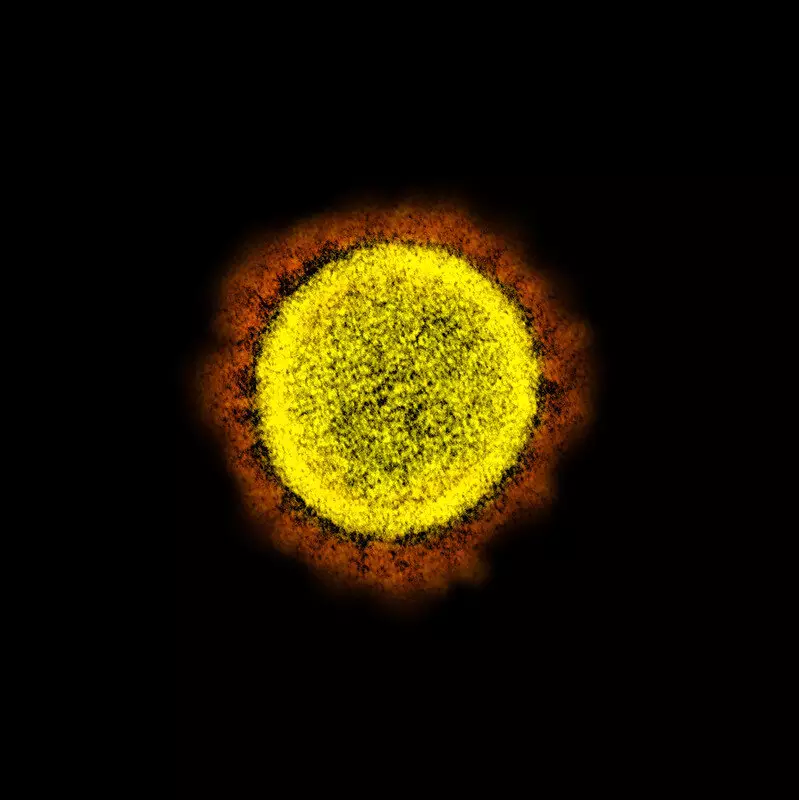The COVID-19 pandemic has brought about immense scientific efforts to understand the SARS-CoV-2 virus and develop effective treatment strategies. Among the 29 proteins encoded by the virus’s genome, the ion channel called E has emerged as a particularly intriguing target for research. This ion channel plays a crucial role in inducing an inflammatory response in infected cells, leading to tissue damage and the manifestation of COVID-19 symptoms. In a recent breakthrough, MIT chemists have successfully deciphered the structure of the “open” state of the E channel. These findings, in combination with the previously reported structure of the “closed” state, hold significant promise in unraveling the mechanisms underlying the channel’s functionality and contribute to the development of antiviral drugs that can mitigate the detrimental effects of inflammation.
The team led by MIT professor Mei Hong focused their attention on studying membrane-embedded proteins, using nuclear magnetic resonance (NMR) spectroscopy for detailed structural analysis. Their previous notable achievement includes revealing the atomic-level structure of the M2 proton channel of the influenza virus. With their expertise, they turned to investigate the coronavirus E channel, which embeds itself in the membrane of the ER-Golgi intermediate compartment (ERGIC). This compartment contains a high concentration of protons and calcium ions that the E channel transports into the cell cytoplasm. This influx triggers the formation of inflammasomes, ultimately leading to inflammation.
In earlier research conducted in 2020, Hong’s team successfully determined the closed state structure of the E channel. Consisting of tightly bundled helices, this conformation displayed a narrow opening at the top and a broader opening at the bottom. Armed with this knowledge, the researchers directed their efforts toward capturing the structure of the open state. By subjecting the channel to an acidic environment and elevating the calcium ion levels, they induced the conformational change necessary for the channel to adopt the open state.
The open state structure of the E channel offered valuable insights into its functional properties and potential drug targets. As the channel opened up, the top opening expanded, accompanied by a coating of water molecules that made it more conducive for ion entry from the ERGIC. Additionally, hydrophilic amino acids with dangling side chains within the opening actively attracted positively charged ions. Surprisingly, the researchers discovered that the open state had a broader opening at the top and a narrower one at the bottom, in contrast to the closed state. This bottom opening also contained hydrophilic amino acids that facilitated ion passage through the narrow “hydrophobic gate” in the middle of the channel, allowing ions to exit into the cytoplasm. The researchers also identified a tight “belt” composed of three phenylalanines near the hydrophobic gate, which could obstruct or facilitate ion flow depending on their conformation.
The significance of these structural insights lies in their potential to guide drug development efforts. Prior studies demonstrated that when SARS-CoV-2 viruses were engineered to lack the E channel, they induced less inflammation and caused reduced damage to host cells. Building upon this knowledge, Hong’s team collaborated with researchers at the University of California, San Francisco, to explore molecules that could bind to the E channel and impede ion transport. By developing antiviral drugs that restrict the channel’s activity, it may be possible to minimize the cytotoxic effects of the virus and alleviate COVID-19 symptoms.
The quest to understand the intricacies of the E channel is far from over. Hong and her colleagues plan to investigate how mutations in subsequent variants of SARS-CoV-2, such as the omicron variant, might impact the structure and function of the E channel. Notably, the omicron variant carries a mutation in one of the hydrophilic amino acids in the pore opening, replacing it with a hydrophobic amino acid called isoleucine. Such studies hold the potential to shed light on the structural basis of viral variants and inform future strategies for therapeutic interventions.
The recent breakthrough in unraveling the structure of the open state of the SARS-CoV-2 ion channel E offers exciting possibilities for understanding the mechanisms of COVID-19 pathogenesis and developing targeted therapies. The comprehensive insights gained from this research pave the way for further investigations into the functionality of the E channel and its potential as a druggable target. As the scientific community continues to explore the complexities of the virus, this milestone serves as a testament to the power of structural biology in combating infectious diseases like COVID-19.


Leave a Reply